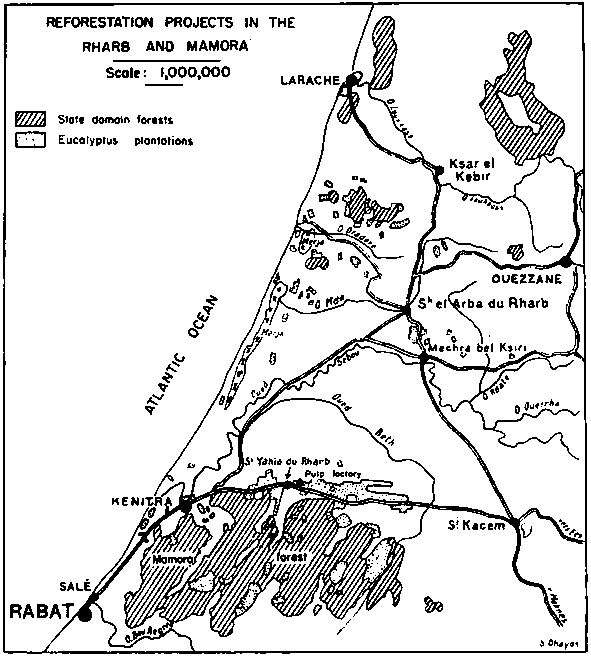One of the more important pronouncements of the Fifth World Forestry Congress held in Seattle in 1960 was that which expressed the need for action to utilize fully the progress made in research on forest tree improvement as a means of strengthening afforestation and regeneration programs.
It is only comparatively recently that the science of genetics and plant breeding has been applied to forestry. Most, if not all, of the remarkable improvements in farming, the spectacular increase in production per unit and area, and the confidence with which agriculturists face the task of feeding the world's growing population, are based on or greatly influenced by the scientific breeding of animals and plants. Similar changes can surely be brought about in forestry, especially in view of the apparent growing dependence on man-made forests.
As one step in the right direction FAO is organizing in August 1963, with the support and endorsement of the International Union of Forest Research Organizations and similar bodies, a technical consultation designed to promote the development of forest tree improvement techniques, the mass production of improved planting stocks, and the adaptation of such techniques and materials to afforestation and regeneration programs on a scientific and economic basis.
As has been brought out in recent issues of Unasylva, and as is being stressed at the United Nations Conference on the Application of Science and Technology for the Benefit of the Less Developed Areas held at Geneva in February 1963, the lag in investment in forestry as compared with other sectors of production is mostly due to the expectation that returns on the working capital will be long-term. This handicap must be overcome.
But the proper insertion of forest development programs in national economic development plans and their financing will only be accepted as a matter of course if foresters can promise substantially increased production and greatly reduced time to produce yields from new forest stands.
Every resource of scientific and technical progress must be brought into play. The pulp and paper industries are already large prospective customers and it is comparatively easy today for the forester to meet their specifications. These new possibilities may well be exploited to reverse the trends in deforestation in certain regions which are brought out so strikingly in a later article in this issue.
The consultation to be mounted in Stockholm from 20 to 30 August 1963, on the kind invitation of the Government of Sweden, will be held just before the International Genetics Congress organized by the International Union of Biological Sciences. It will provide an opportunity for the world's top scientific experts to consider together problems related to forest genetics and cytology, tree selection methods, research on origin, the genetics and selection of exotic forest species, genetics and selection based on tree physiology, selection in relation to resistance to disease and insect pests under normal environmental conditions and difficult ones, selection on the basis of timber properties, seed production and certification, and the practical application of forest genetics in the host country. It is hoped the discussions will give the lead to further useful FAO activities in this whole field.
FIGURE 1. - Map of the area in Morocco where industrial forest planting is being carried out.

FIGURE 2. - Preparation of the ground. Deep plowing before planting.